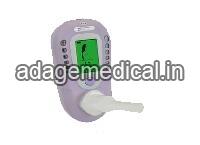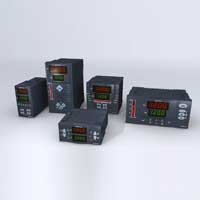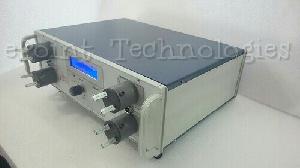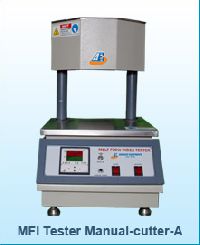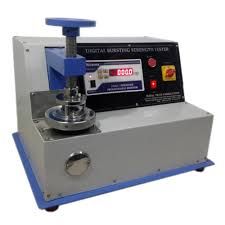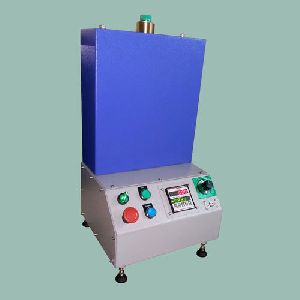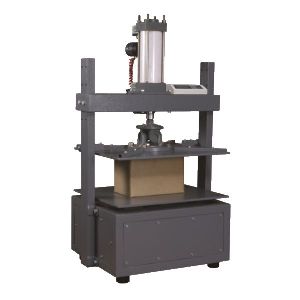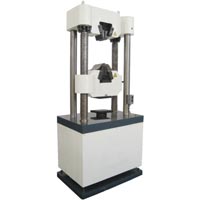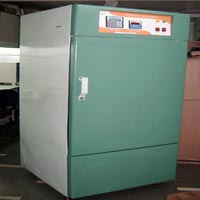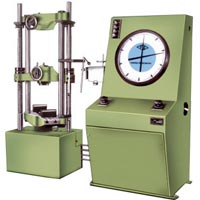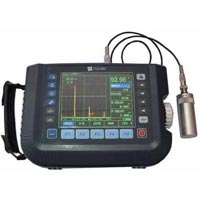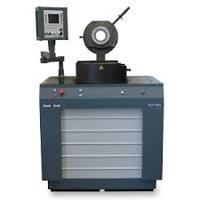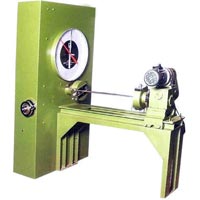Listing ID #3824965
Company Information
Ask for more detail from the seller
Contact SupplierSTECH ENGINEERS Ross Flexing Machine allows one end of the test specimen to be clamped firmly to a holder arm while the pierced end is placed between two rollers that must permit a free bending movement of the test specimen during the test. During each cycle, the pierced area of the test specimen is bent freely over a 10mm ( 0.4in. ) diameter rod through a 90o angle. The machine operates at 1.7 + 0.08 Hz (100 + 5cpm ).
| Introduction | |||||||||
|
A pierced strip test specimen is bent freely over a rod to a 90o angle and the cut length is measured at frequent intervals, to determine the cut growth rate. The cut is initiated by a special shaped piercing tool. The test gives an estimate of the ability of rubber vulcanized to resist crack growth of a pierced specimen when subjected to bend flexing. No exact correlation between these test results and service is implied due to the varied nature of service conditions. |
|||||||||
| Procedure | |||||||||
|
Measure and record the median thickness of the test specimen taken at three points across the width at the point of the cut. With the holder arm of the flexing machine in a horizontal position, clamp side by side the test specimens of the same making sure that the cuts are at the center point of the are of the rods. Lower the adjustable top rollers until they just touch the test specimen and lock in this position by means of the wing nuts. Permitting free travel of the test specimens between the rollers during the bending movement. Start the machine and record the number of cycles by the use of a counter. Make frequent observations, recording the number of cycles and the increase in cut length measured to the nearest 0.5mm for the purpose of determining the rate of increase in cut length. When observing cut growth, the holder arm shall be at an angle approximately 45o from the vertical. The test shall be continued until the cut length has increased 500%, that is, until the combined length of the cut and crack has increased to a total of 15.0mm ( 0.60in. ) or when 250kilocycles has been reached with slow cracking samples. In some cases the cut growth is not in a straight line as a continuation of the cut made by the piercing tool, and "star – shaped " cracking may develop. In this event, the cut growth shall be measured as the length of the longest continuous crack, regardless of its direction. When it is necessary to stop operation of the machine temporarily, the holder arm shall be in a horizontal position, so that the test specimens remain horizontal while not being flexed. |
|||||||||
| Report | |||||||||
|
|||||||||


